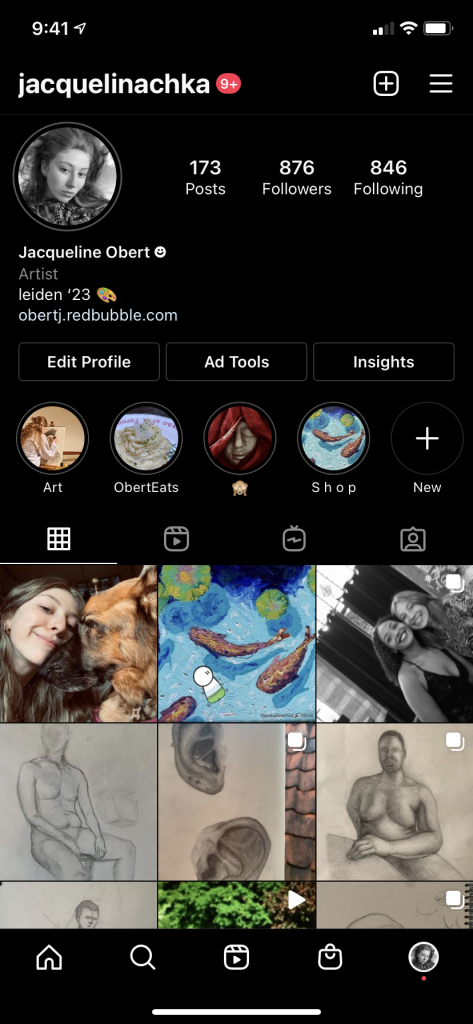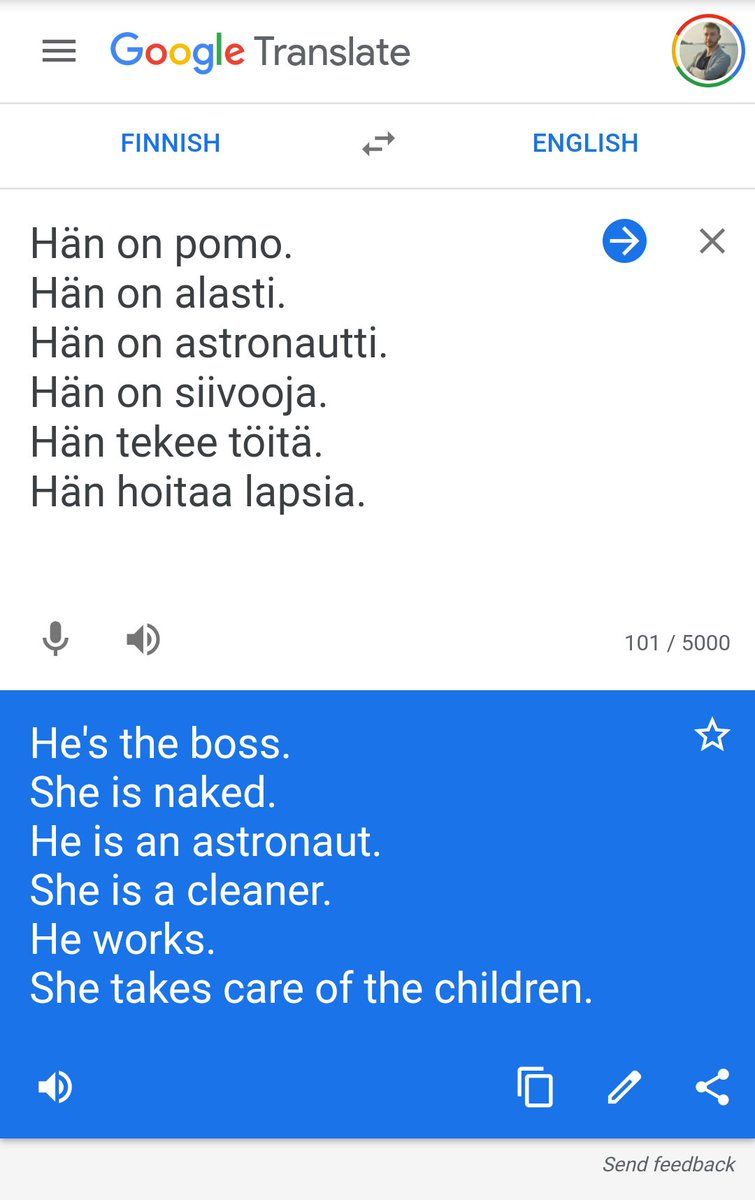Like many others, I have an Instagram account. Recently, I decided to post less of my life, and more of my art. Newly identifying myself as an artist rather than a 19-year-old art student, I’ve been thinking about the true purpose of Instagram in my life and how I can use it to aid my creative thinking and production.
This past week was a great start to the second year of university. Not going to lie, being around constant observers of art and society has made my Instagram thoughts flourish. So as an Arts, Media and Society student, member of Gen z, and artist, here are my thoughts.
It’s common knowledge that people use Instagram to show the best version of themselves. Whether it be a selfie, photo from a night out, or a picture of your lunch, the end goal of posting is to show off or display a part of your life to your following. Applying this logic to an art perspective, owning an account simply allows the user to curate their lives like a museum exhibit for their followers to visit and observe. Our profiles act as a mini exhibition of the life we want people to think we have. Our posts that show up on the main feed are practically mini advertisements shouting “Hey look this is me, this is what I look like, this is what I’m doing, and who I’m hanging out with, click on my page to see more!” With our posts come captions that act in place of an object label, and our bios in place of the “about the artist.”
Let’s dive deeper into the reality of Instagram posts. Even unedited photos are curated moments, captured in the blink of an eye, from a specific angle, and someone else’s perspective. In fact, the one great moment the viewer is able to virtually witness could have happened moments before a disaster. So, technically, the event isn’t always as true as it seems to be, even when no editing is involved. Although a photograph is supposed to capture a live moment, the photographer has complete control of what is portrayed.
Now moving onto images that are edited in some form and/or, in most cases, Photoshopped… While a warped selfie is most definitely not a valid display of your true self, I suggest that it adds to the art form of Instagram. If our profiles are exhibits, then that means our posts are the artworks, right? Our posts allow followers to see not only what is considered to be our best memories, but those that are Photoshopped give us an insight as to the insecurities of the creator. I’m going to be honest, I’ve downloaded Facetune to see what the hype was about. It’s crazy how much you can change about yourself! From simply whitening your teeth to giving yourself a facelift, the possibilities are endless! Photoshopping yourself is an art form. While you are altering an image to better portray yourself to an audience, you’re still using creative judgement. Historically speaking, the manipulation of images is nothing new, and was done before technology existed! Painters and artists using other mediums altered the image of their sitters to make them look their best. Everyone wants to look good when their image is being displayed for others.
Instagram started off as a place where creatives could share their art. However, Instagram has turned into a place where we share small bits of our lives just to receive likes and comments. And hear me out, I’m not judging and can’t do so because I’ve done this too. Hasn’t everyone? If you scroll to the bottom of my page you can see my selfies, photos with friends, b-day posts, etc. Most recently I started to turn my account into an art page, slowly posting less and less about my life. And to my surprise I lost 30 followers after my first post! So either my art is bad, people don’t care to see it, or my face is more important to some than my art. Either way… this doesn’t sound so great. However, losing followers helped me realize that people want to see more than just artwork. They want to see a story. When the average Joe, who doesn’t study and admire art like an art history student, goes on an artist’s Instagram page and just sees photos of different artworks, they might get bored. When I learn about a painting I not only want to know about the painting itself, but know about the artist behind it. What were they like? We’re they crazy like Van Gogh? Did they hang around in bars like Toulouse-Lautrec? Or did they have a secret identity like the Florence-based street artist Clet? Once you connect a human being to a creation it makes that creation more interesting. You can learn so much about an artist by just looking at their painting (the way they applied paint to the canvas, their fingerprint in the clay, etc). But it still doesn’t give you that same connection compared to when you hear about their life outside their artist identity. Learning about someone’s personal life can interest the observer and may make them more curious to see the artist’s other works.
The whole idea behind this blog post arose because of my current dilemma. While I’m not an influencer or have a large following on Instagram, I’d like to curate my page better. My debate is whether or not to keep posting my life with my art. Of course I will continue to post my artwork on my page because I’d like to share it with the friends and family who follow me, as well as the awesome following I’ve gained over the years on the app. But here’s the issue, when someone comes across my page they will just see my artwork now, and not little snippets of my life. There is no story to my page if I stop posting photos of my friends and snippets of my day to day adventures. However, if I’m posting photos of myself, and posting photos of my friends, then do I become a gatekeeper, withholding my followers to the true events in my life? So if I post photos of my life it’s “bad” and if I don’t, I’m just an artist without a face. If I were to follow my argument above, I should post both. That way, my followers can see a face behind the art I post, and can connect a story with each work. What do you think?

Bibliography:
Ben Lillie, “Science and the Art of Personal Storytelling”, Science Blogging: The Essential Guide” New Haven: Yale University Press, 2016, 96-103.
Christie Wilcox, “To Blog or Not to Blog”, Science Blogging: The Essential Guide” New Haven: Yale University Press, 2016, 1-12.




So interesting! I have a friend who is in the design world and also curates most of her inspiration and outreach through Instagram, and she also says that it really is the main way to get your stuff out there and to see those of others. I think it is definetely worthwile for people to be able to connect a face or identity to artworks, so perhaps a combination of both is an option? I think there are different communities and niches on Instagram, so turning your Instagram into an art Insta will maybe at first lose you some of your original followers that you had when you only posted your own pictures, but you will also gain those who are specifically interested in art.